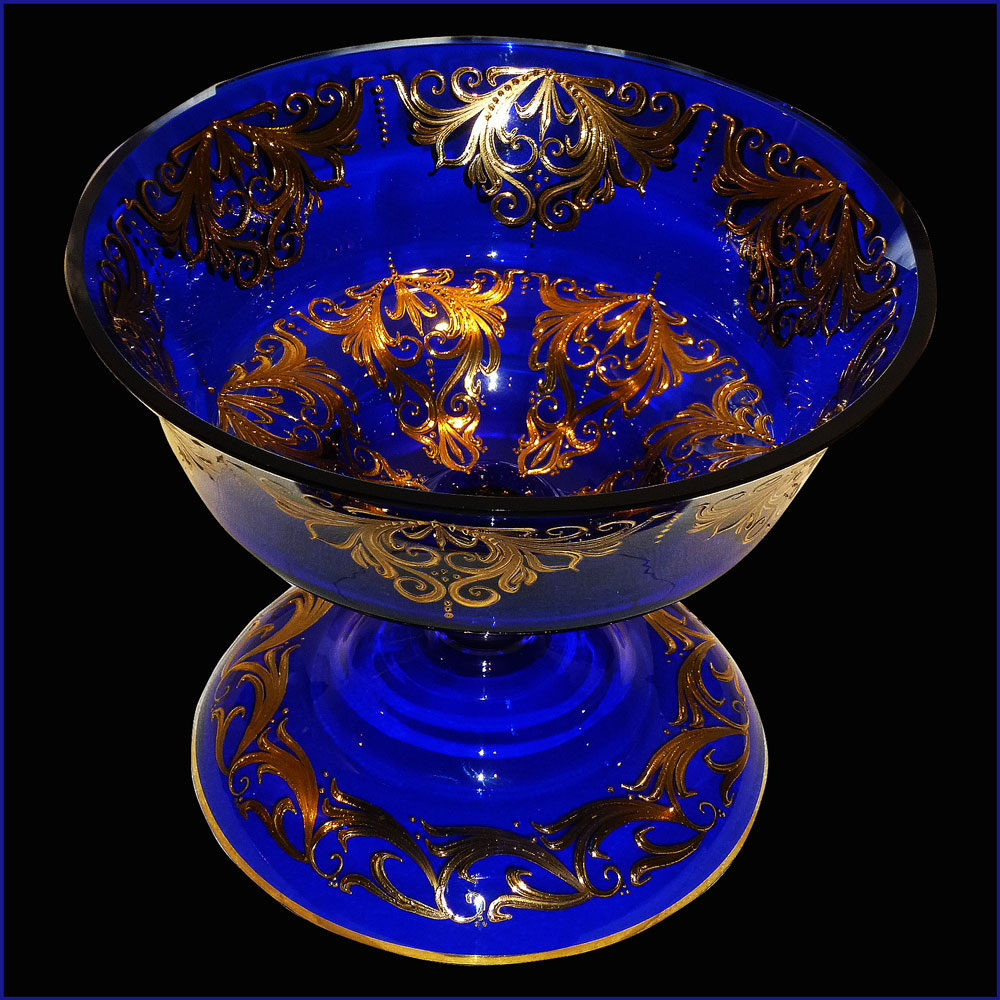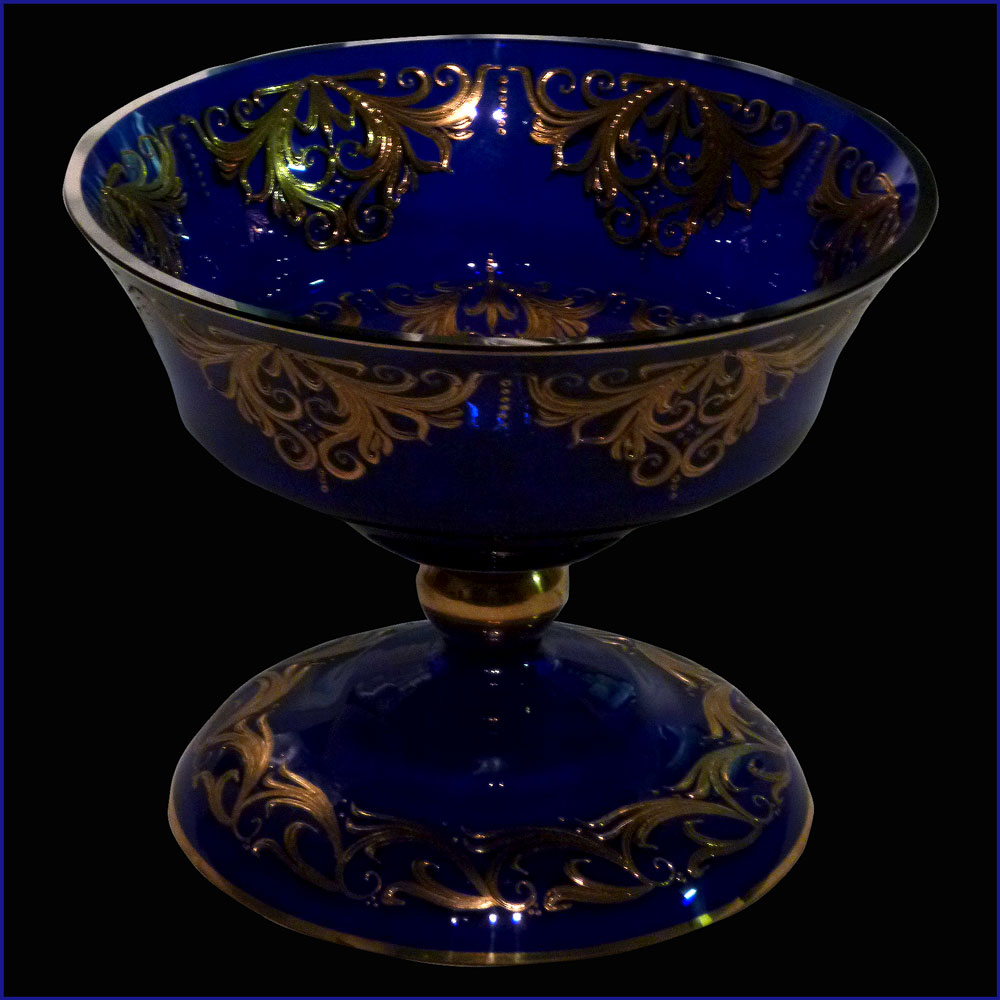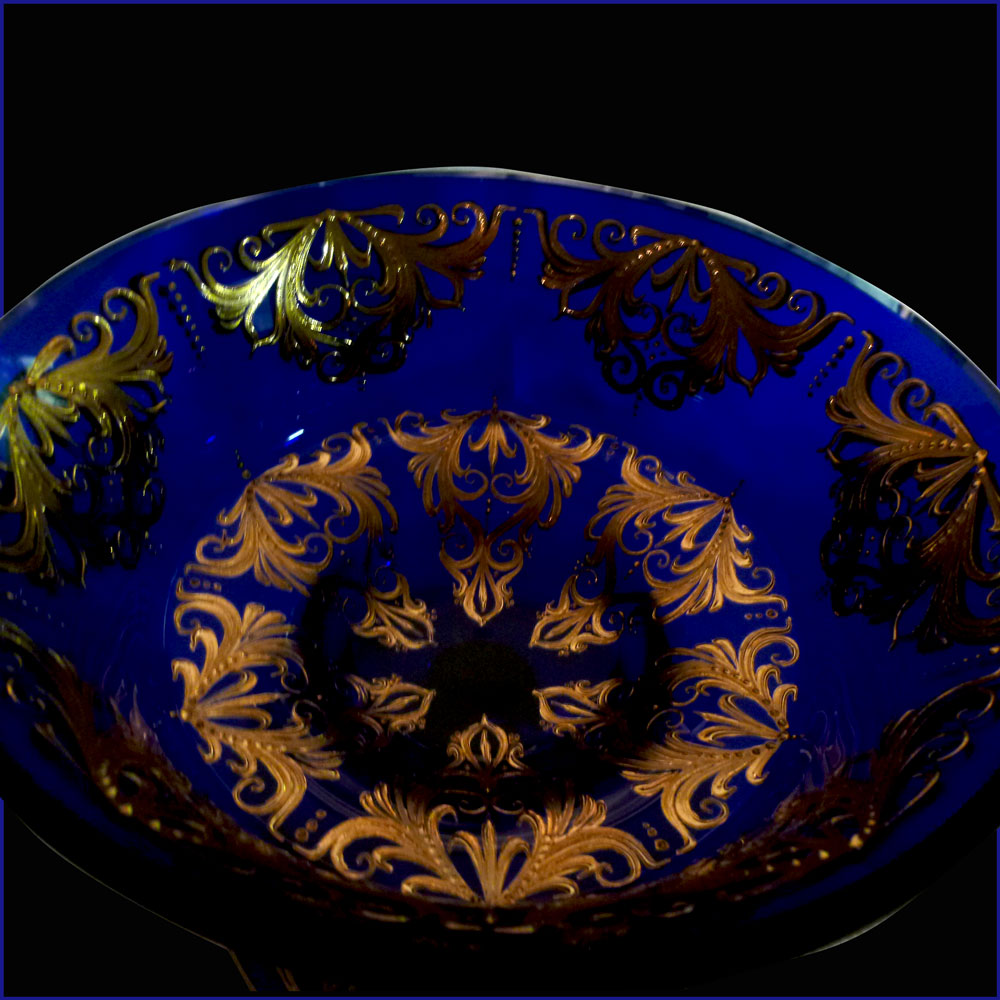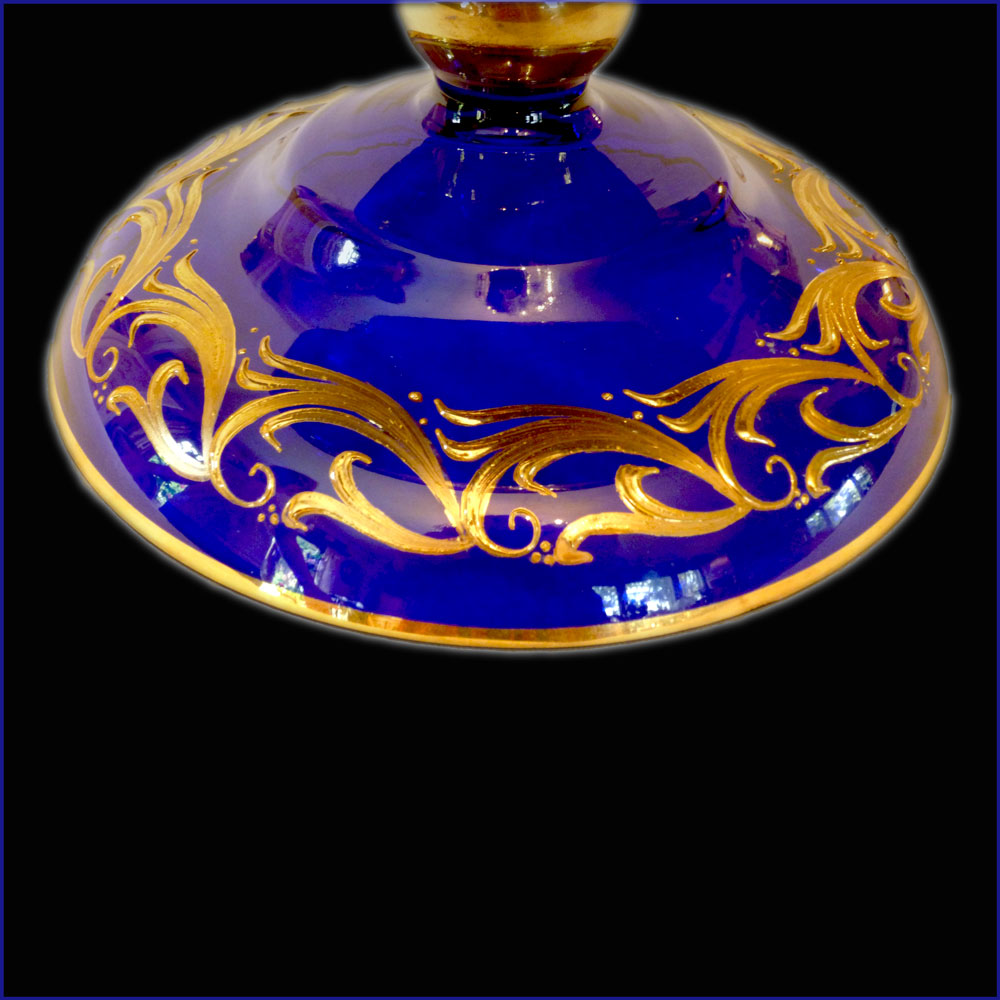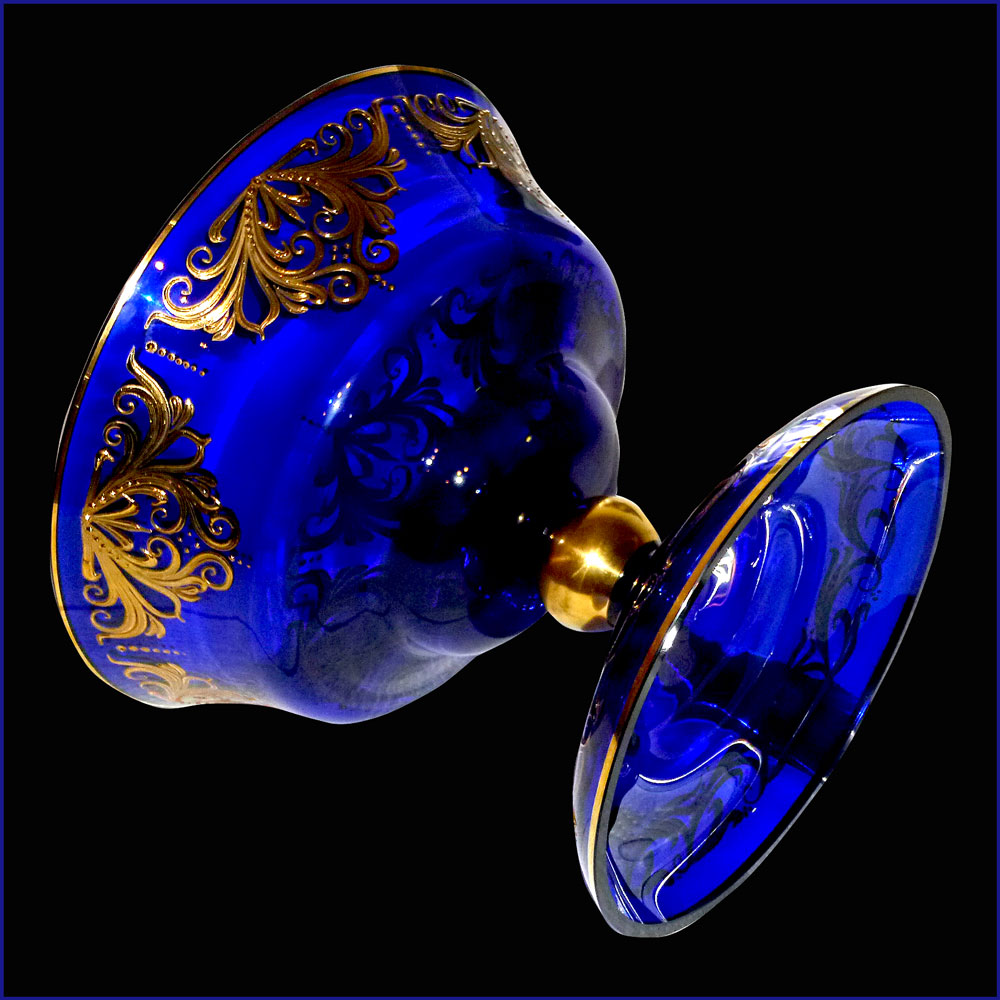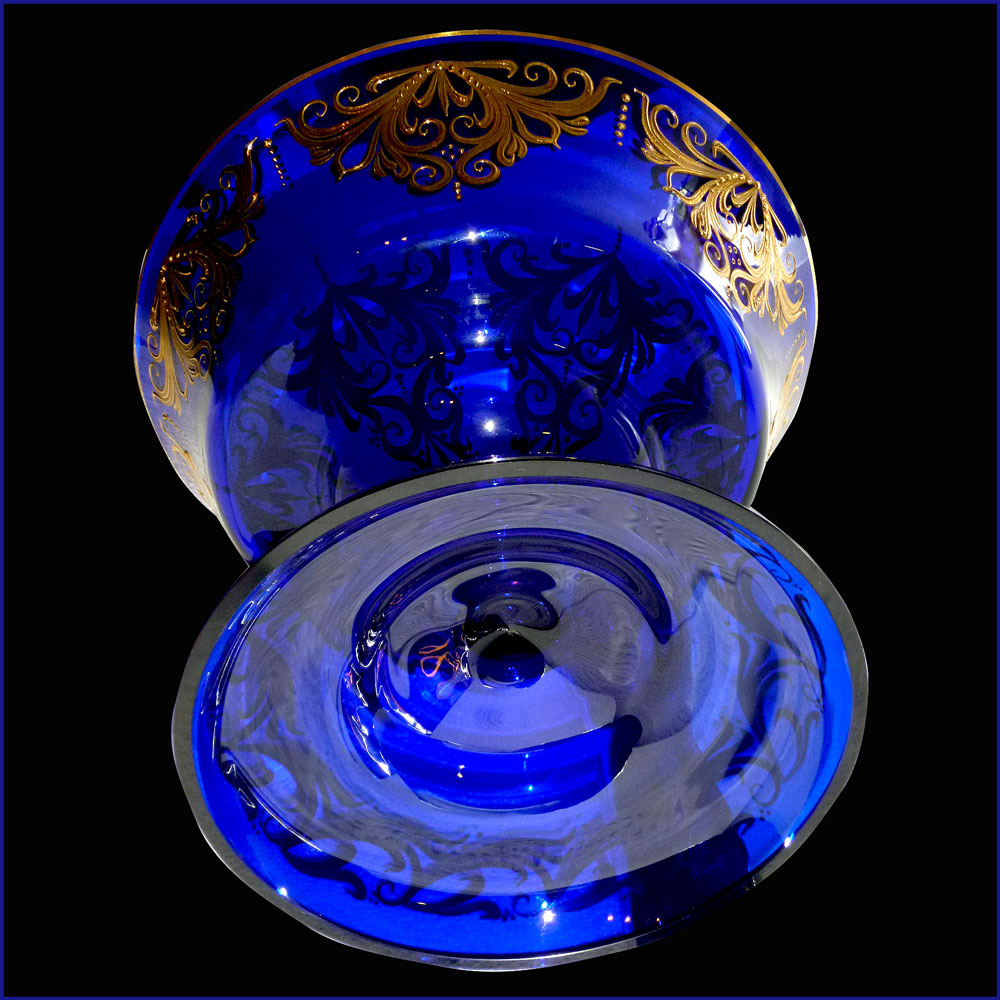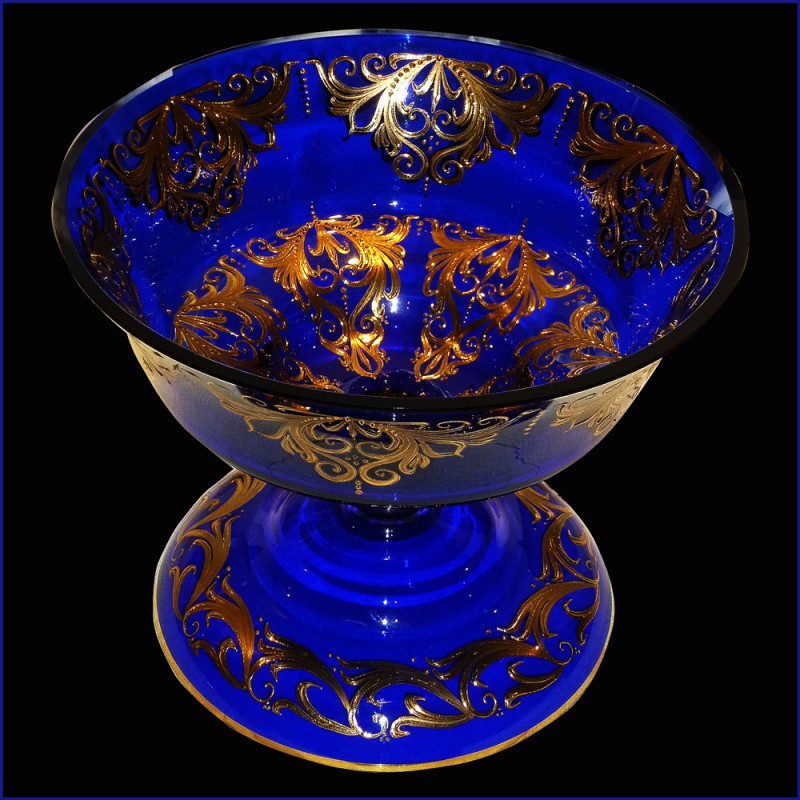










Höhe: 24 cm Durchmesser: 28 cm Gewicht: 2,880 kg
Réf. 1103
 Sichere Zahlung per Paypal, Kreditkarte, Kreditkarte, Bancontact,
Sichere Zahlung per Paypal, Kreditkarte, Kreditkarte, Bancontact,
Banküberweisung.
 Standardlieferung zwischen 3 und 4 Werktagen
Standardlieferung zwischen 3 und 4 Werktagen
Möglichkeit der Expresslieferung im Umkreis von 700 km
